seth warren-crow
selected creative research (2013-present)
.JPG)
selected creative research (2013-present)
.JPG)
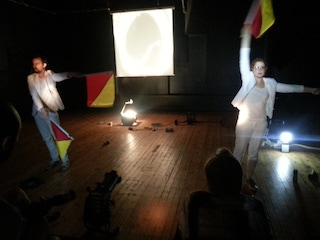
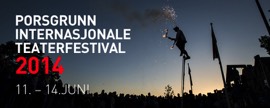
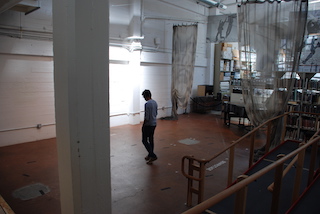
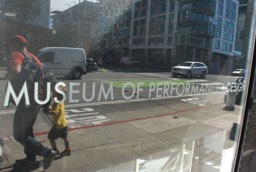
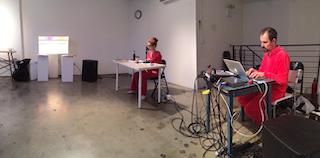
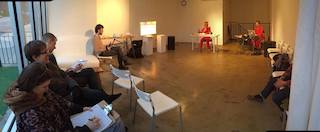
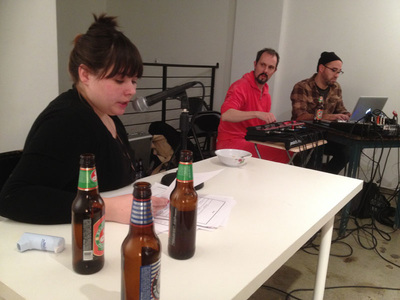
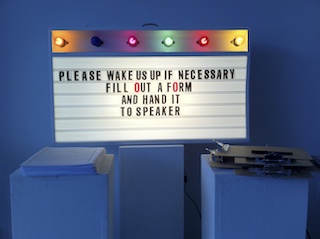
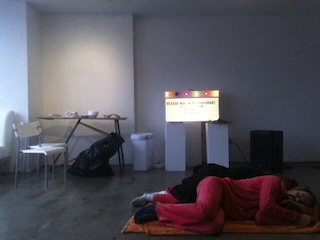

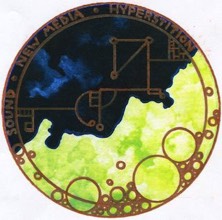
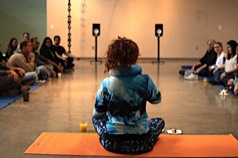
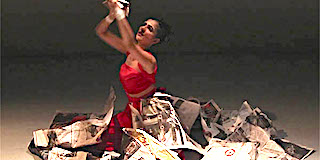
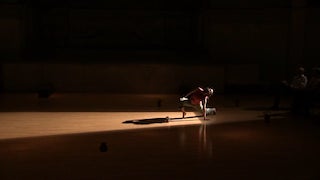
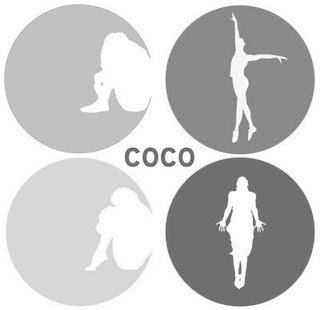
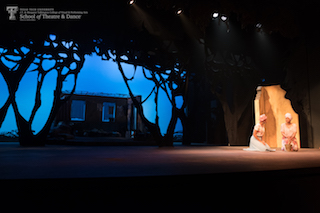
Your web browser does not support HTML5 audio. Please update to a newer web browser.
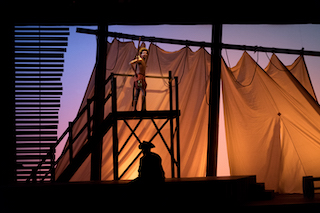
Your web browser does not support HTML5 audio. Please update to a newer web browser.
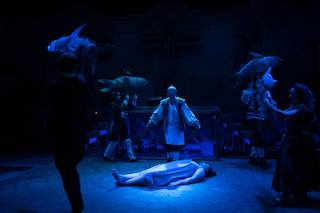
Your web browser does not support HTML5 audio. Please update to a newer web browser.
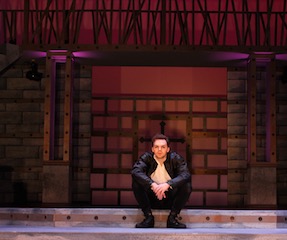
CREDITS
dir: stephen crandall
sound design: seth warren-crow
scenic design: jasmine shannon
lighting design: tana roberson
costume designer: anne medlock
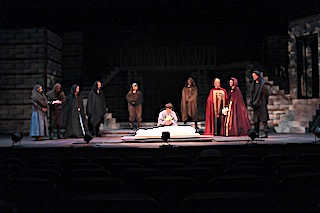
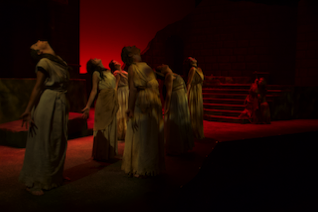
Your web browser does not support HTML5 audio. Please update to a newer web browser.
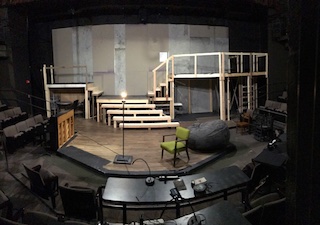
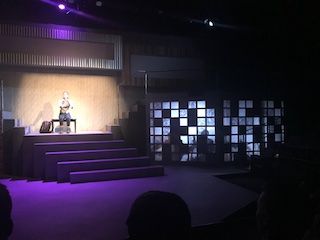
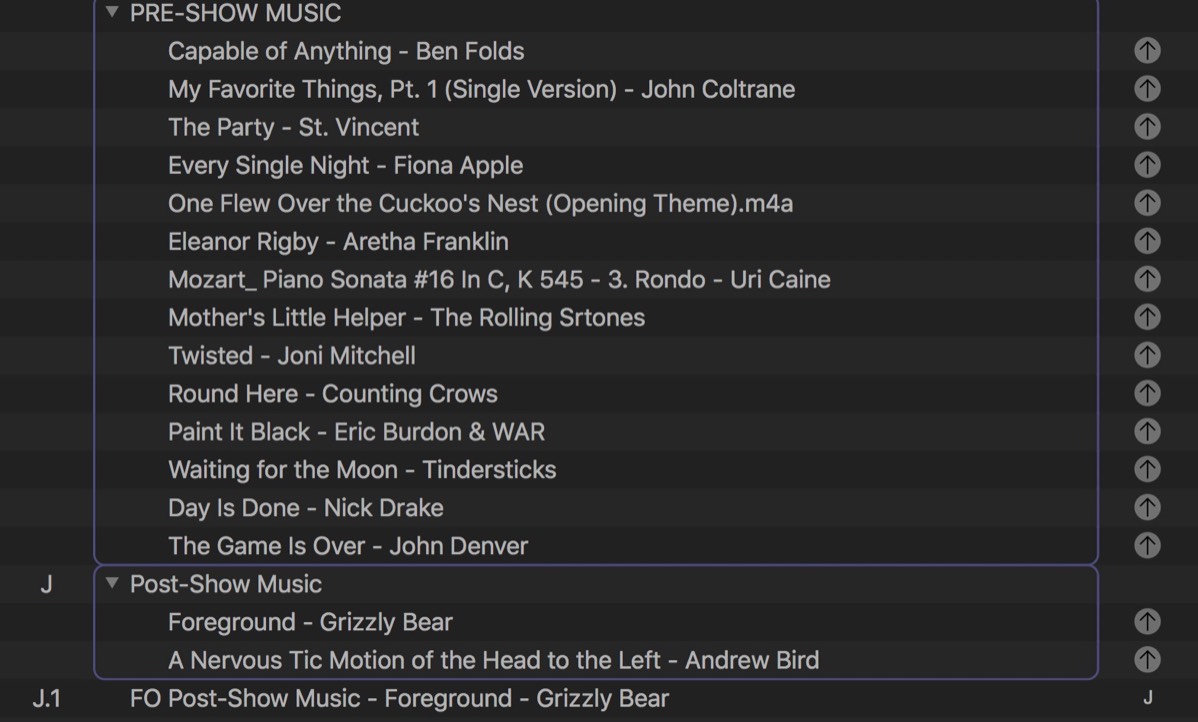
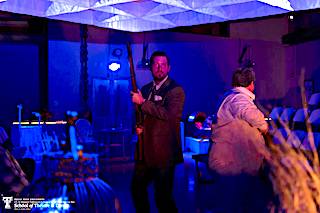
CREDITS
dir. Jesse jou
sound design: seth warren-crow
lighting design: andrea bilkey
scenic design: kelly murphey
costume design: mallory purchase
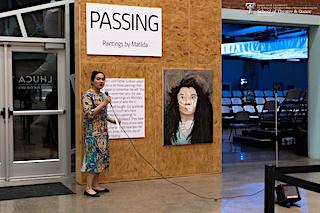
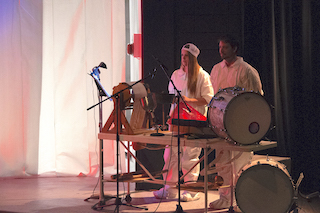
CREDITS
dir: bill gelber
composer: christopher smith & roger landes
scenic design: travis clark
lighting design: john connor
costume design: leigh anne crandall
sound design: seth Warren-crow
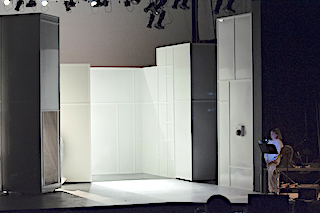
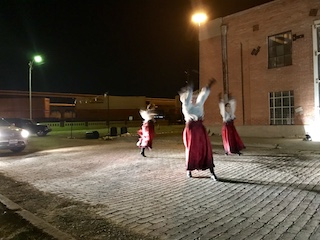
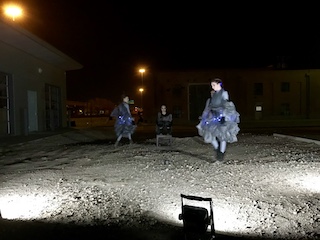
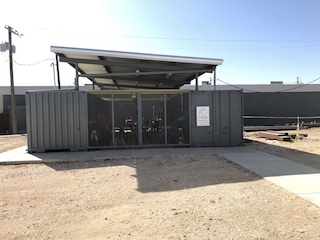
Your web browser does not support HTML5 audio. Please update to a newer web browser.